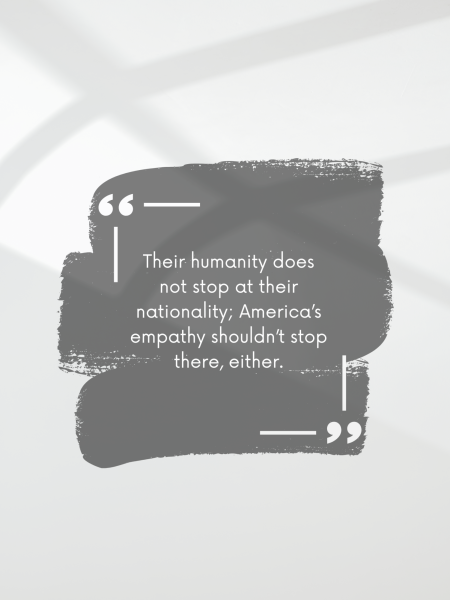Students respond to lack of grief discussion
Within the past few months, several tragedies have ripped through the Lewiston-Clarkston Valley, leaving many here confused and hurting.
With the passing of several young people — one current student at LHS, three recent graduates of Clarkston High School, one former LHS student, and four University of Idaho students — these losses have hit the community in shock waves, specifically, the student bodies at their respective schools.
But even in the grief that so many are dealing with, there seems to be a lack of response from administrators and staff at Lewiston High School. The student body is feeling this silence.
“I think it’s almost ignorant that we have had four deaths of kids in our valley this year, and the school has not acknowledged a single one of them,” Patience Rose told The Bengal’s Purr in November. She is an LHS senior, and one of many affected by the recent losses in the community.
Christina Cahill, a counselor at LHS, said these types of circumstances are dealt with case-by-case. The school utilizes Idaho Lives, a website run through the state that gives guidelines on how to handle situations regarding student health and safety.
“We must be cautious of how we handle these types of things,” said Cahill. “We obviously want to give students a place to be safe and grieve. That is our number one priority.”
Despite this, many students have expressed their feelings that the school does not do a good job of teaching kids how to handle their emotions or grief.
Ryan Carper, a junior at LHS, said that he has never been taught how to respond to or handle grief at school, but he was fortunate to have these discussions at home.
Wyatt Laney, a sophomore, said, “The school doesn’t do a lot. We learn a little bit about these things in health class, but that can only go so far.”
In an interview, LHS Principal Kevin Driskill outlined the current steps that administration and staff take when approaching a loss at the high school. One of these steps includes informing Superintendent Lance Hansen about the loss, along with members of the school district crisis team, counselors and other administrators.
“Then we typically have a meeting to let our staff know, and to more than anything, give them a heads up to really keep an eye out for kids who need support,” Driskill said.
These are routine courses of action, but one thing that was not mentioned within this protocol was how to relay this information to students.
According to the Idaho Lives Project, implementing a communication plan with staff, parents and students about a student’s death within the school or community is vital. Part of that communication means allowing students to be aware of situations rather than restricting information.
The Idaho Lives Project also states that students can find ways to grieve through appropriate memorials. These can include “pages in school newspapers or yearbooks that treat the dedication equally with that of any other death.” The guidelines suggest a small photograph, name, birth and death dates, and something positive about what they did while living. The project also suggests allowing donations for a bereaved family or other youth support programs.
When asked about implementing appropriate memorials, Driskill stated, “This is an educational institution, not a funeral home or a church.” He elaborated that district policy states that memorials are prohibited on campuses.
However, just this week the school turned on athletic field lights in collaboration with a candlelight vigil held in Moscow, honoring four UI students who were killed, and directly contradicting the no-memorial policy.
Even though some tools are available to students, communication and acknowledgment are crucial in the healing process. Many students shared that they believe there is a lack of open dialogue within the school.
“I think often [administrators] want to keep quiet or conceal the actual issue, and it leaves many kids feeling alone,” said Payton Finch, LHS ASB President. “Maybe our school feels uncomfortable talking about grief, but it should be talked about publicly so we can all grieve as a community. It is so much better than dealing with this alone.”
Other students said they believe it is on them and their peers to help one another move forward.
“I think the school as a whole doesn’t do a very good job about giving kids an outlet to handle their feelings or even talking about it…even though we all know these [deaths] have happened,” said Chloe Bartschi, a senior. “I feel like the kids are trying to be the ones who are there for each other.”
In his interview, Driskill, recognized that the perception of these situations could vary between adults and students.
“We have meetings between the Asotin and Clarkston school districts, asking how we can better our approach,” Driskill said.
Even other LHS staff members said they recognize the need for improvement in these areas.
“We’re trying to get better,” said Jordan Lockard, a psychology teacher. “But people tend to shy away from wanting to talk about grief, hoping that no one has to deal with it, even though it is a natural part of the human experience.”
Healing from events such as the loss of a friend, or classmate, is a gut-wrenching process. However, this process can only start with open communication. So Forrest Delka-Wicks, a junior at LHS, has posed this question for the trusted adults in the school and community to ponder:
“How are we supposed to handle grief if we don’t talk about it?”





